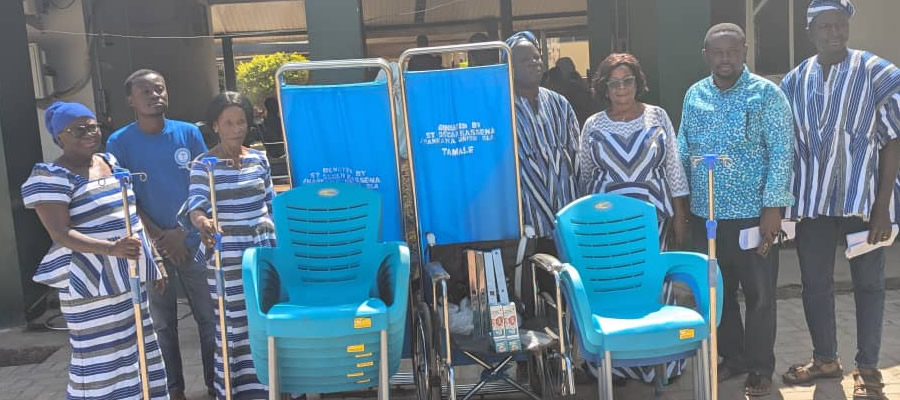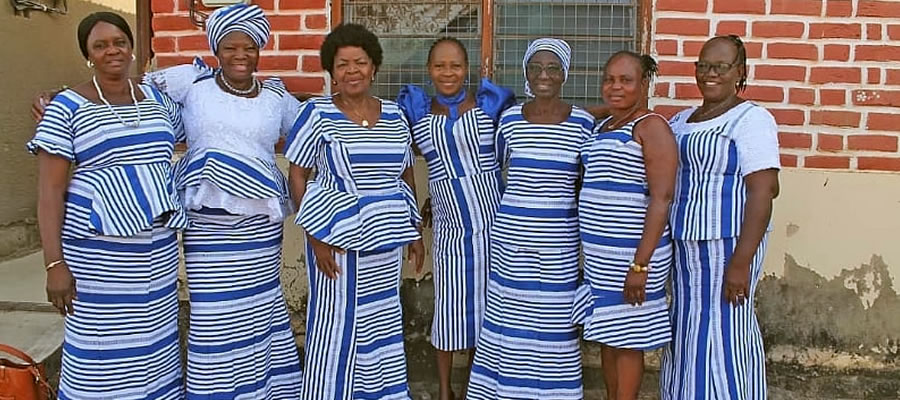

The main towns in the Kassena-Nankana that are served with water pumping stations are Navrongo, Paga and Chiana. Navrongo alone has three of such stations at Navrongo Town Centre, Doba and Boscos. Plans are far advanced to expand the Paga Water system to increase coverage and also construct a new water system at Sirigu.
There are also several boreholes and hand-dug wells serving the rural and urban population but these are inadequate. Table 1.12.1 below shows sources of water .
From table 1.12.1 above, 58% of the total population has access to safe water sources, thus pipe borne and boreholes. Though, there are a number of hand-dug wells in the system, most of them are not covered and others also do dry up during the long dry season.
As a result of inadequate safe water sources in the Municipality , some people are compelled to resort to unprotected water sources like dams/dugouts, rivers and streams for their water needs which invariably affect their health.
Sanitation
Environmental sanitation is an essential factor contributing to the health, productivity and welfare of the people. However, the current sanitation status leaves much to be desired. Sanitary facilities are woefully inadequate and most of them are located in the urban areas of Navrongo Township and Paga. The rest are sited at markets and some schools.
The few public toilet facilities in the system are underutilized especially during the wet season as majority of the people resort to free-range. Human solid and liquid waste is poorly managed in the municipality. The major cause can be attributed to ignorance. Indiscriminate solid and liquid waste disposal is the order of the day. The drainage system is very poor with non-existing and broken drains.
Sanitation Facilities
Sanitary facilities remain non-existent in most homes. As a result, residents throw solid and liquid wastes around their environs. Livestock/poultry waste is usually spread in and around compounds of most structures, which altogether poses great health risks to the districts residents.
Table 1.12.4.2 above indicates that few houses make provision for solid waste disposal. only 19.3 per cent of households have a means of either burning or burying the waste. Majority of the households i.e. 74.7% use either public dumpsite (13.3%) or elsewhere (61.4%) at their convenience, which have serious environmental and health consequences.
Date Created : 11/21/2017 2:23:58 AM











 facebook
facebook
 twitter
twitter
 Youtube
Youtube
 +233 593 831 280
+233 593 831 280 0800 430 430
0800 430 430 GPS: GE-231-4383
GPS: GE-231-4383 info@ghanadistricts.com
info@ghanadistricts.com Box GP1044, Accra, Ghana
Box GP1044, Accra, Ghana